Amusement parks are places of joy, laughter, and unforgettable memories, but not all stand the test of time. Many once-thriving parks that brought happiness to countless visitors now lie abandoned, their structures left to decay and memories fading into history. From small local parks to massive entertainment hubs, these forgotten amusement parks tell unique stories of fun-filled days that came to a mysterious or sudden end. Today, they stand as haunting reminders of the past, waiting for the curious to uncover their lost charm.
Six Flags New Orleans
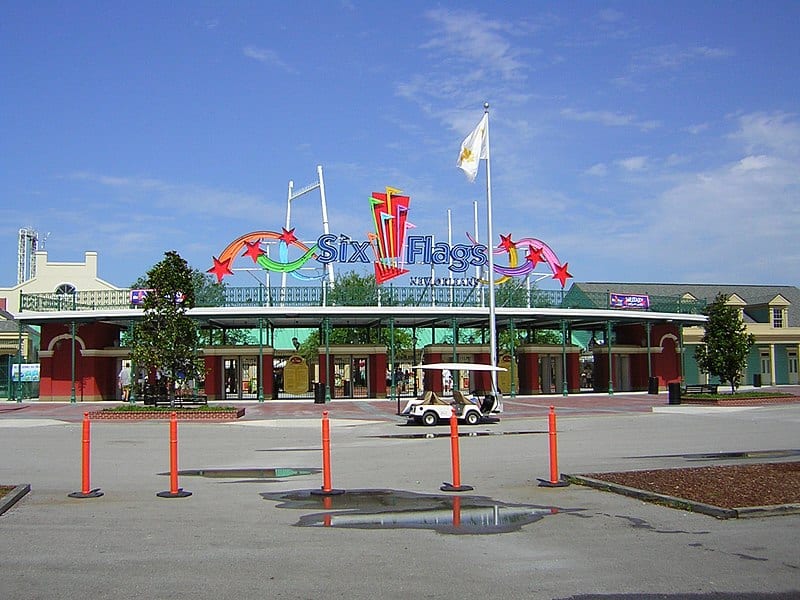
Located in New Orleans, Louisiana, Six Flags New Orleans opened in 2000 as Jazzland before being acquired by Six Flags in 2002. The park featured a variety of attractions, including roller coasters and water rides, drawing families and thrill-seekers alike. In 2005, Hurricane Katrina caused catastrophic flooding, submerging the park under six feet of water. The extensive damage led to its permanent closure, and it has remained abandoned since. Over the years, the site has been used as a filming location for movies and television shows, adding to its haunting allure. Despite various redevelopment proposals, it remains in a state of decay, serving as a stark reminder of nature’s power. In 2023, plans were approved for Bayou Phoenix to begin redeveloping the land, aiming to transform the area into a sports complex and waterpark.
Nara Dreamland
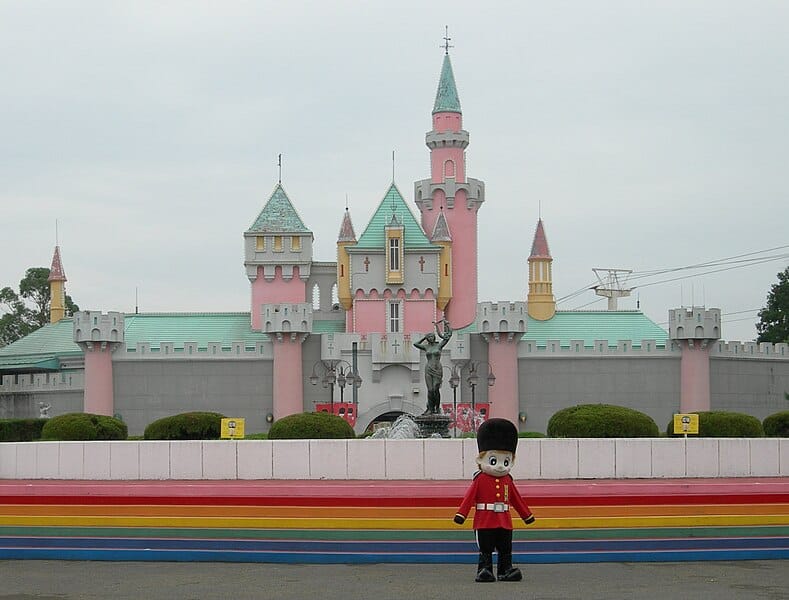
Situated in Nara, Japan, Nara Dreamland was inspired by Disneyland and opened its doors in 1961. The park featured attractions reminiscent of its American counterpart, including a castle and Main Street. Initially popular, its fortunes declined after the opening of Tokyo Disneyland in 1983. Facing dwindling attendance, Nara Dreamland closed permanently in 2006. For a decade, it stood abandoned, attracting urban explorers and photographers. Demolition began in 2016, and by 2017, it was completely dismantled. The site has since been repurposed, erasing the physical traces of its whimsical past. Its closure highlighted the challenges of competing with larger, more modern attractions in the evolving theme park industry.
Lake Shawnee Amusement Park
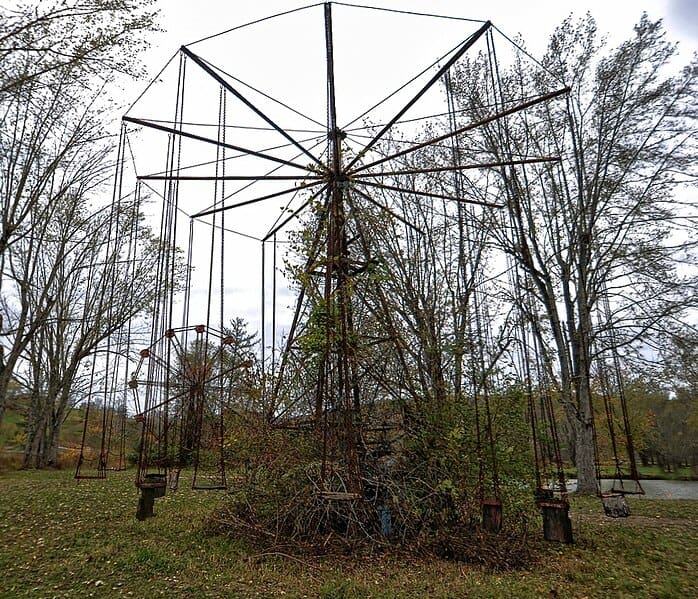
Nestled in Princeton, West Virginia, Lake Shawnee Amusement Park opened in 1926 on land with a tragic history. It offered a ferris wheel, swing rides, and a swimming pool, becoming a popular destination for local families. However, several accidents, including the deaths of two children, marred its reputation. These incidents, coupled with financial difficulties, led to its closure in 1967. It briefly reopened in 1985 but closed again in 1988. Today, it stands abandoned, with many believing it to be haunted due to its dark past. The site occasionally hosts paranormal tours, attracting those intrigued by its eerie ambiance. Archaeological excavations have uncovered Native American artifacts, adding layers to its complex history.
Wonderland Amusement Park (Beijing)
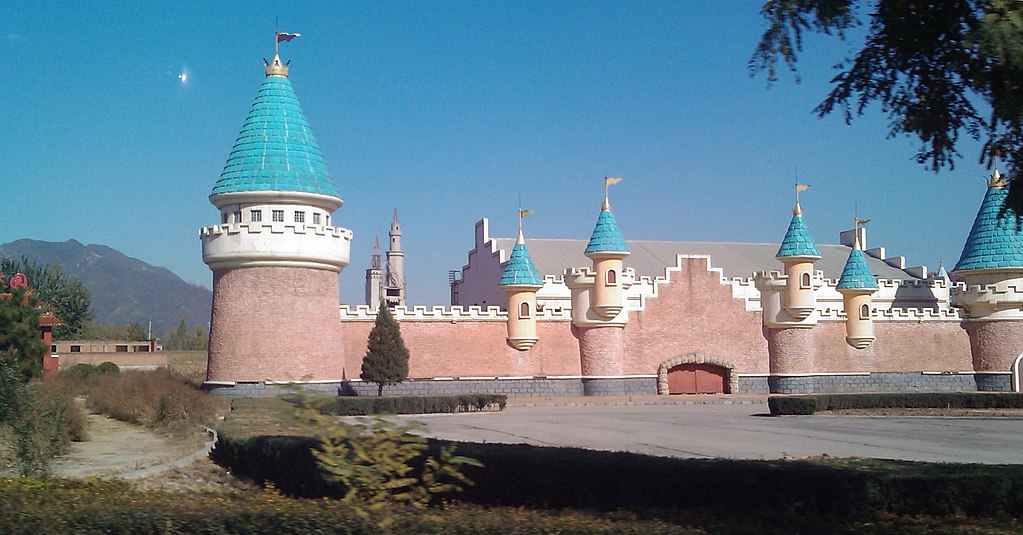
Located in the Changping District of Beijing, China, Wonderland was an ambitious project intended to be Asia’s largest amusement park. Construction began in the 1990s but was halted in 1998 due to financial disputes and issues with local farmers. The partially built structures, including a castle, stood abandoned for years, becoming a symbol of unrealized dreams. In 2013, the unfinished buildings were demolished, and the land was repurposed for commercial use. The site’s history serves as a cautionary tale about rapid economic expansion and the risks of large-scale developments. Despite its failure, it attracted urban explorers and photographers, drawn to its haunting, unfinished landscape.
Spreepark
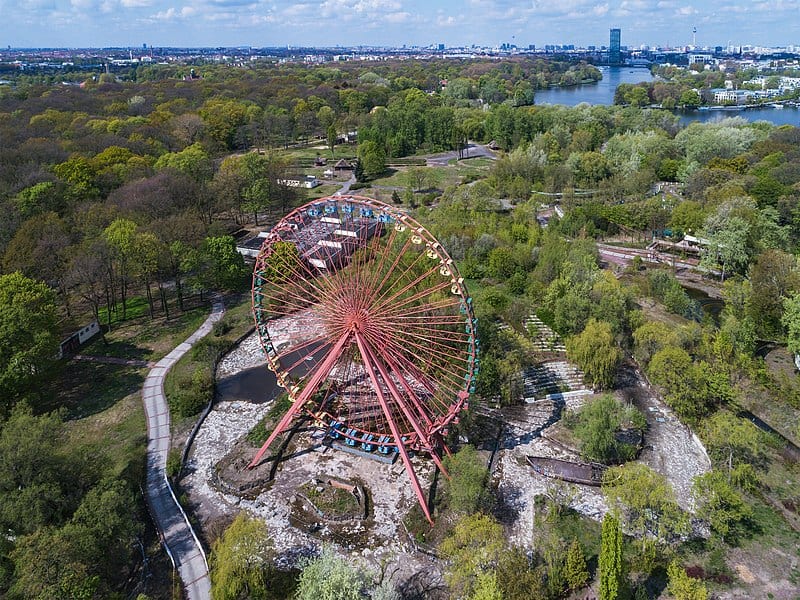
Situated in Berlin, Germany, Spreepark opened in 1969 as Kulturpark Plänterwald, the only amusement park in East Germany. After German reunification, it was privatized and renamed Spreepark in 1991. Financial mismanagement and declining visitor numbers led to its closure in 2002. Its decaying rides, including a ferris wheel and dinosaur sculptures, became a popular spot for urban explorers. In 2014, the city of Berlin purchased the site with plans for redevelopment. As of recent years, guided tours have been offered, allowing visitors to explore the remnants of its past. Its story reflects the challenges of transitioning from state-owned to private enterprises in post-reunification Germany. Its unique history and eerie atmosphere have made it a subject of various documentaries and art projects.
Yongma Land
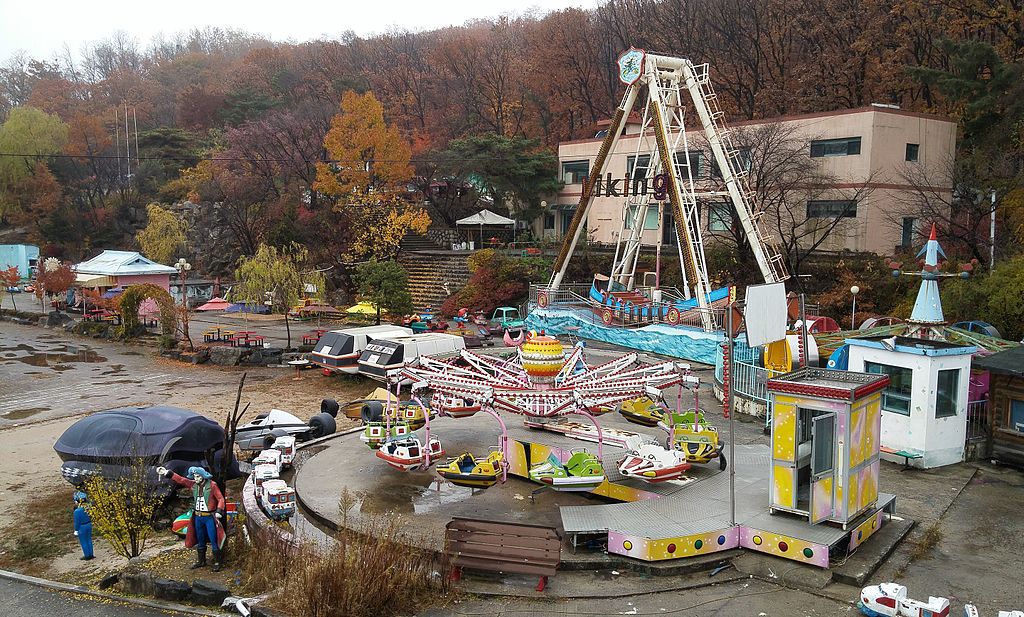
Located in Seoul, South Korea, Yongma Land was a small amusement park that opened in 1980. It featured classic rides such as a carousel, bumper cars, and a swing ride, catering to local families. Competition from larger parks led to its decline, and it closed in 2011. Unlike many abandoned parks, it has found a second life as a popular spot for photographers, filmmakers, and K-pop music videos. Its owner allows access for a fee, maintaining the site for creative projects. Its vintage aesthetic and well-preserved rides offer a nostalgic backdrop, blending decay with charm. Its transformation highlights how abandoned spaces can be repurposed for artistic endeavors. Its unique ambiance has also attracted international attention, featuring in various media outlets and travel blogs.
Joyland Amusement Park
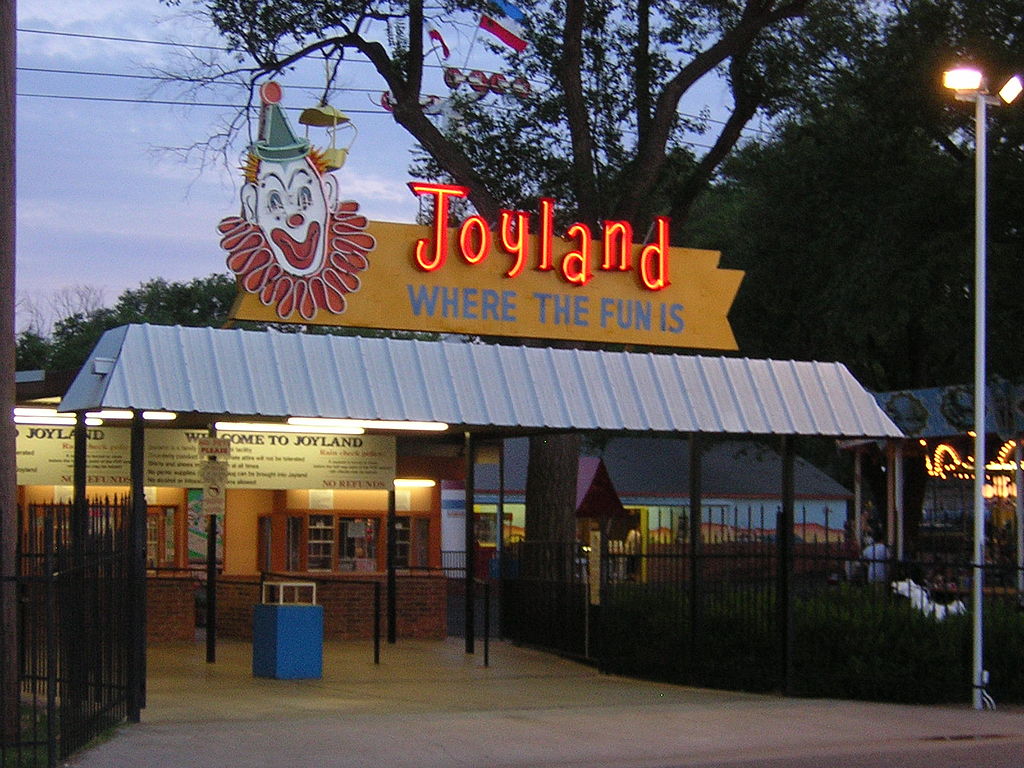
Located in Wichita, Kansas, Joyland Amusement Park was one of the largest theme parks in the state, opening in 1949. Known for its wooden roller coaster and iconic Wurlitzer organ, it became a beloved destination for families across the region. It operated for over five decades, but after a series of accidents, financial challenges, and vandalism, it closed permanently in 2004. The remnants of Joyland, including faded signs, derelict rides, and overgrown pathways, created a haunting landscape that attracted urban explorers. Despite efforts by preservation groups to save it, most of the structures deteriorated beyond repair. In 2015, much of the remaining equipment and buildings were demolished for safety reasons.
Dogpatch USA
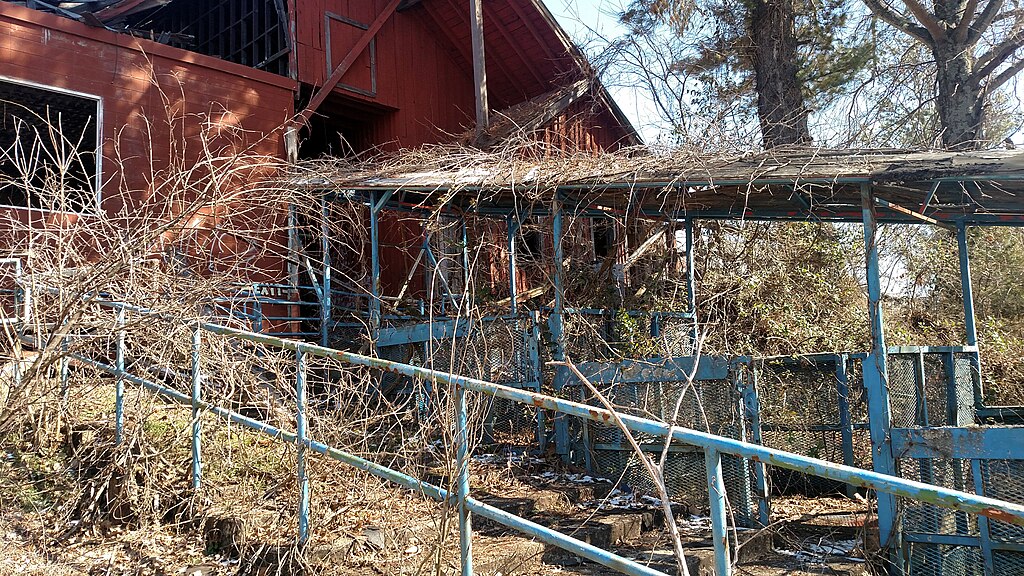
Dogpatch USA, located in Marble Falls, Arkansas, opened in 1968 as a theme park based on Al Capp’s popular “Li’l Abner” comic strip. Featuring attractions inspired by the fictional town of Dogpatch, the park offered unique rides, trout fishing, and hillbilly-themed entertainment. Although initially successful, it faced financial issues throughout the 1970s and eventually declared bankruptcy in 1980. Attempts to revive it failed, and it was permanently abandoned in 1993, leaving structures like the roller coaster and ferris wheel overgrown and deteriorating. Its quirky hillbilly theme and remote location made it an unusual attraction that visitors still fondly remember. In recent years, new owners have expressed interest in restoring the site as an eco-friendly destination.
Heritage USA
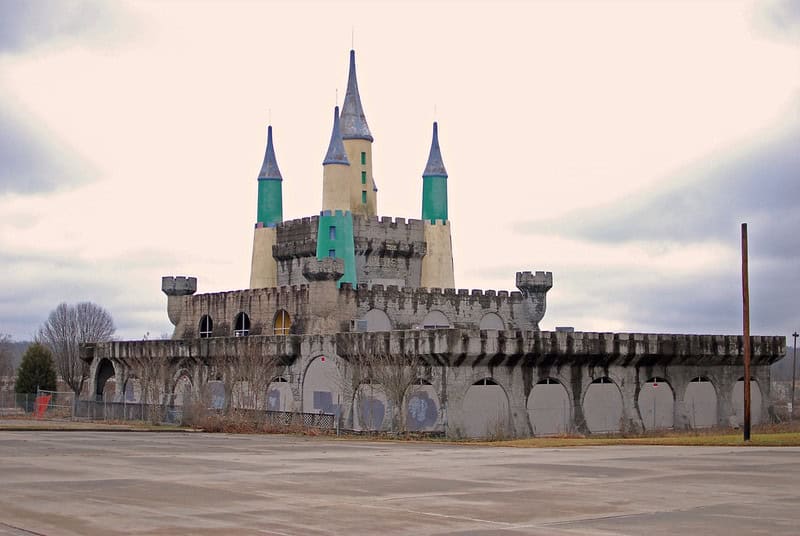
Located in Fort Mill, South Carolina, Heritage USA was founded by televangelist Jim Bakker and opened in 1978. This Christian-themed park included a water park, a hotel, and various religious attractions, attracting millions of visitors at its peak. However, financial scandals and a destructive hurricane in 1989 led to its decline, and it was closed soon after. The remnants of Heritage USA, including the decaying water park and abandoned castle, became an eerie symbol of its controversial history. Over time, some of the land has been repurposed, but many structures still remain as ghostly reminders of its turbulent past. The collapse of Heritage USA highlighted the risks of combining religious missions with commercial enterprises. Efforts to revive parts of the property have been ongoing, but much of the original park remains abandoned.
Chippewa Lake Park
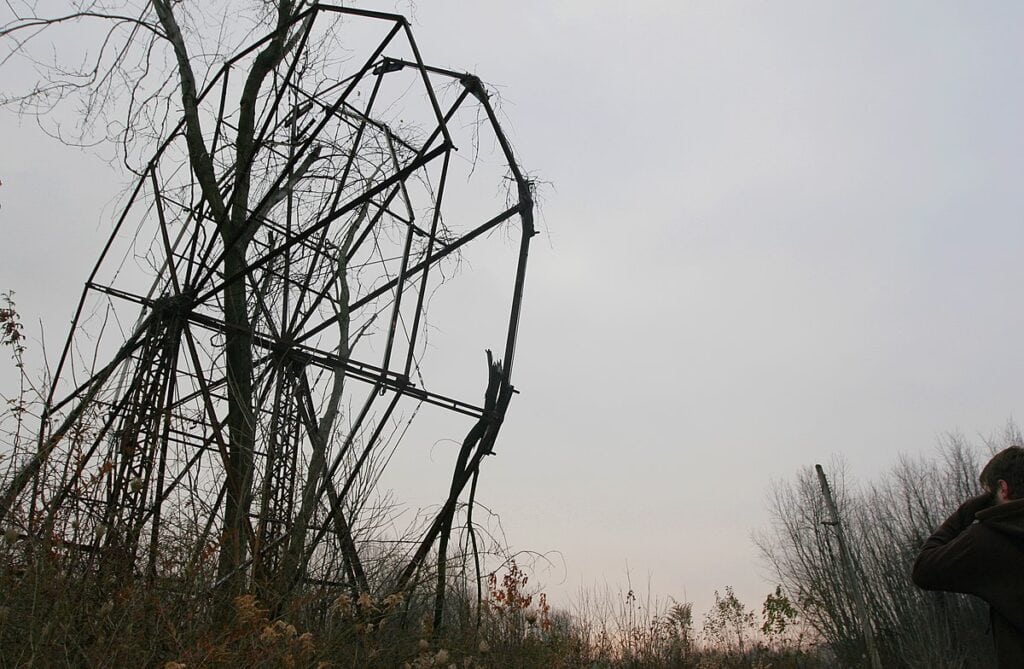
Chippewa Lake Park, located in Medina County, Ohio, opened in 1878 and was one of the oldest amusement parks in the United States. It featured a wooden roller coaster, ferris wheel, and a dance hall that attracted visitors for nearly a century. Despite its popularity, it struggled financially in its later years and ultimately closed in 1978. The abandoned rides and structures were left to decay, with the roller coaster and other attractions slowly swallowed by the surrounding forest. Its eerie atmosphere and rich history made it a popular destination for urban explorers and paranormal enthusiasts. In 2008, some of its structures were demolished, but the site remains largely abandoned and untouched. It stands as a haunting reminder of a bygone era of entertainment.
Williams Grove Amusement Park
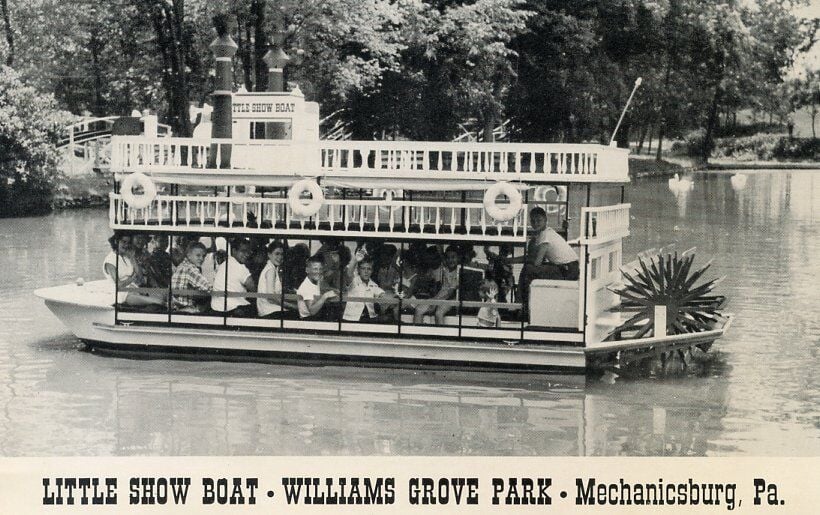
Located near Mechanicsburg, Pennsylvania, Williams Grove Amusement Park opened in 1850 as a family picnic area before evolving into a full-fledged amusement park by the early 20th century. Featuring classic rides, including a wooden roller coaster and a merry-go-round, it entertained generations of families. However, competition from larger parks and declining visitor numbers led to its closure in 2005. Its dilapidated rides and structures have been left to the elements, creating a ghostly atmosphere that attracts curious explorers. While some rides were sold off, others, like the old roller coaster, still stand as relics of the past. It occasionally hosts events, but for the most part, it remains an eerie and forgotten place. Its long history makes it one of Pennsylvania’s most storied abandoned amusement parks.
Santa’s Village Dundee
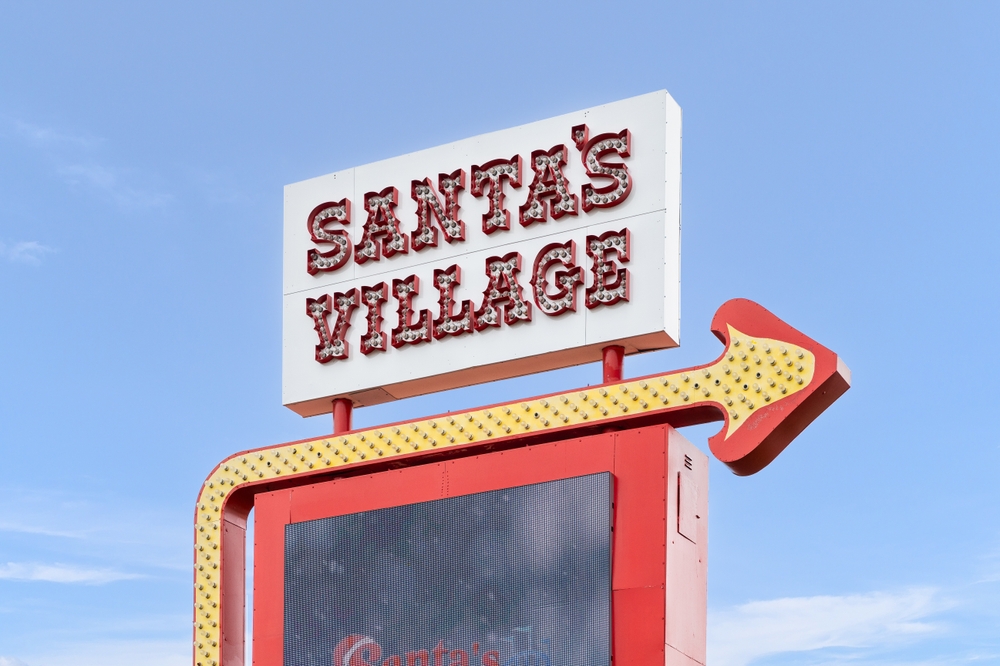
Santa’s Village, located in East Dundee, Illinois, opened in 1959 as a Christmas-themed amusement park featuring Santa’s house, reindeer, and holiday-themed rides. Popular during the 1960s and 70s, it attracted families looking for festive fun year-round. However, by the 1980s, it struggled to keep up with modern attractions, and it closed in 2006. Although parts of it were eventually renovated and reopened under new ownership, many original structures were left to decay. The remnants of the holiday-themed park became a curious sight, especially for those who once visited during its peak. It has since been partially revitalized, but the abandoned sections still evoke nostalgia for its heyday. Today, visitors can still see some original attractions as they explore this unique piece of Illinois history.
This article originally appeared on Rarest.org.
More from Rarest.org
15 Extraordinary Aquatic Creatures Found in Coral Reefs

Coral reefs are home to some of the most extraordinary and unusual creatures in the ocean. These vibrant ecosystems are filled with species that have evolved unique adaptations to survive in their complex environments. Read More.
15 Most Notable Scientific Discoveries in History

Throughout history, countless scientific discoveries have transformed the way we understand the world and shaped the course of human progress. From breakthroughs in medicine to revolutionary theories in physics, these discoveries have not only solved complex mysteries but also laid the groundwork for future innovations. Read More.
20 Legendary Cities Lost to Time and Rediscovered

For centuries, the world has witnessed the rise and fall of great civilizations. Many of these cities, once bustling with life, were buried by time and forgotten by history. Read More.
